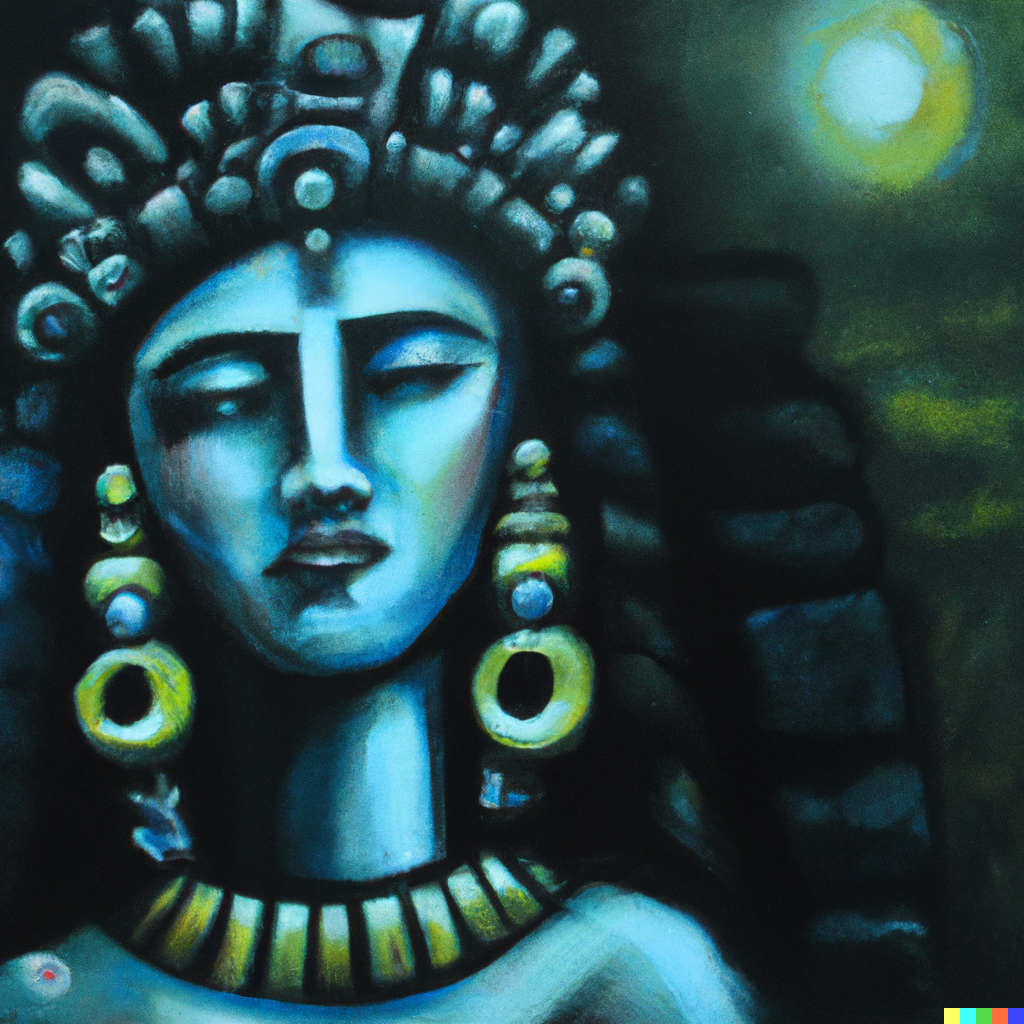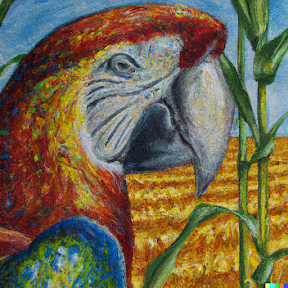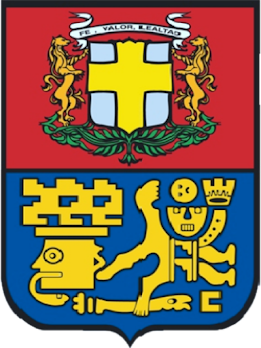MULETERS
Indomitable horsemen from the Andean peaks, the muleteers from the Pedro Moncayo or Tabacundo canton area, are skilful centaurs who ride through the steep páramos of Fuya Fuya towards the four cardinal points, wading through the wild surroundings of the mysterious Mojanda lagoons.
FUYA FUYA AND THE WARMI COCHA LAGOON.
Steel-tempered men with a firm hand direct from their horses the large herds of cattle that they herd from commune to commune, from farm to farm towards a common destination of fairs and markets, avoiding unfathomable abysses and treacherous quagmires or swamps, spending days and weeks by hidden chaquiñanes where the gaze is lost in the intense gold of the endless grasslands.
THE CHAMIZA
At dusk they seek shelter in caves and arbors, leave their animals safely and light the bonfires where they prepare their food and their hot waters made from field herbs sweetened with panela, baptized with a generous portion of cigar or brandy to ward off the cold and the As a result, they slowly fall asleep between stories and songs, remembering the dragging of chamizas, the popular bulls and the taming of colts in the past festivals.
DRAG OF WOOD FOR THE CHAMIZA OF THE FESTIVAL
Early the next day they continue their journey, checking their horses, checking their ironwork, preparing their saddles, stirrups and bridles, then they set off, in the midst of the persistent fog, the constant drizzle, the icy hail and that biting wind that prove their courage, they do not know fear, every day they are fewer, currently young people prefer other occupations and modernity no longer requests their hard-working services.
| RECORRIENDO LOS PARAMOS DE MOJANDA CON UN VIEJO COMUNERO Y ARRIERO DE TOCACHI |
WALKING THE PARAMOS OF MOJANDA WITH AN OLD COMMUNITY AND ARRIERO FROM TOCACHI
A heartfelt tribute goes to them, to those riders with calloused hands and noble hearts who, between legends and tales, taught me the secrets of the mountain and to overcome the challenges that the road imposes on us, but above all, they taught me to love this land and its ancient traditions. and customs, where above all things the word still counts.
Original post:
https://terraza-ilalo.blogspot.com/2017/06/arrieros.html
Autor: Juan Acosta Salazar.

















